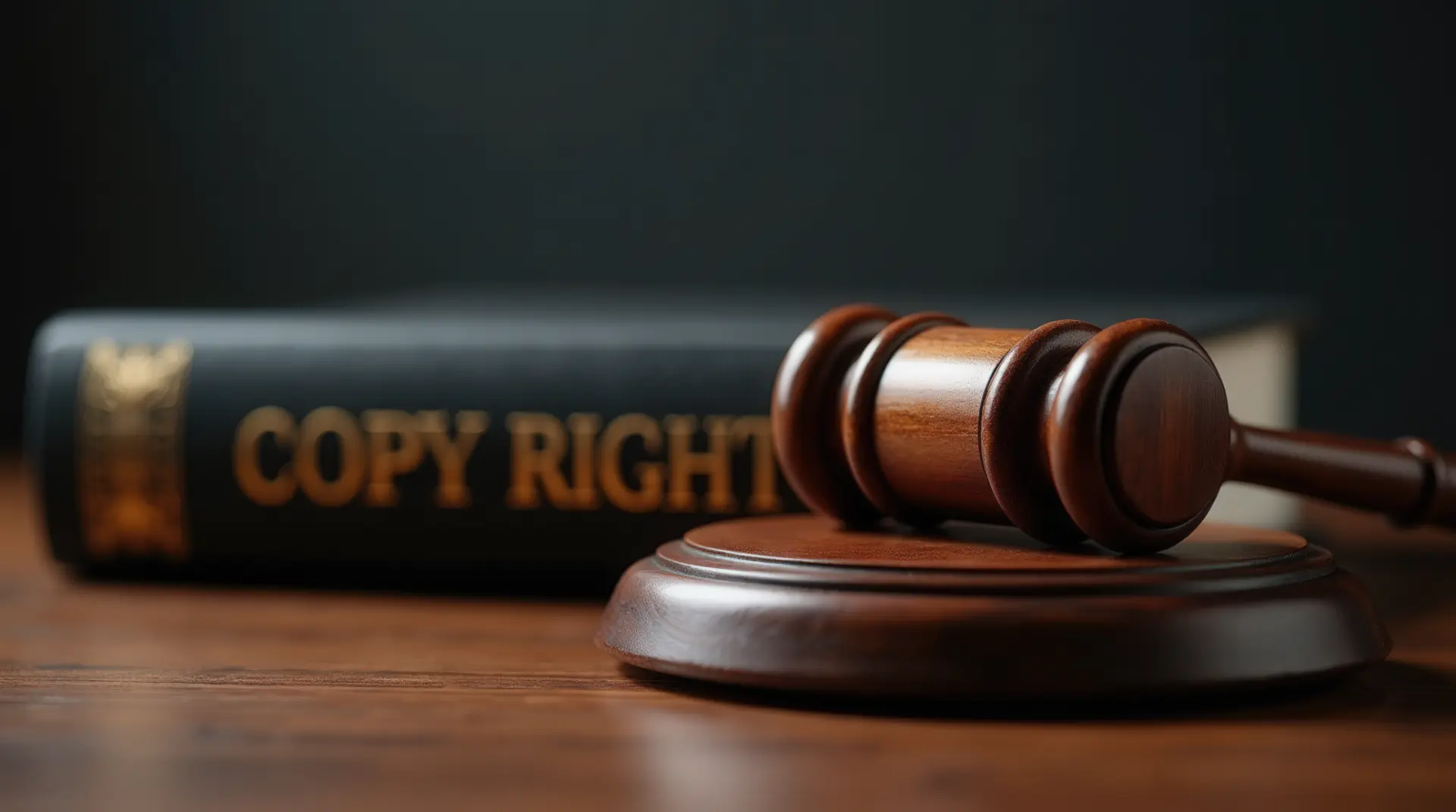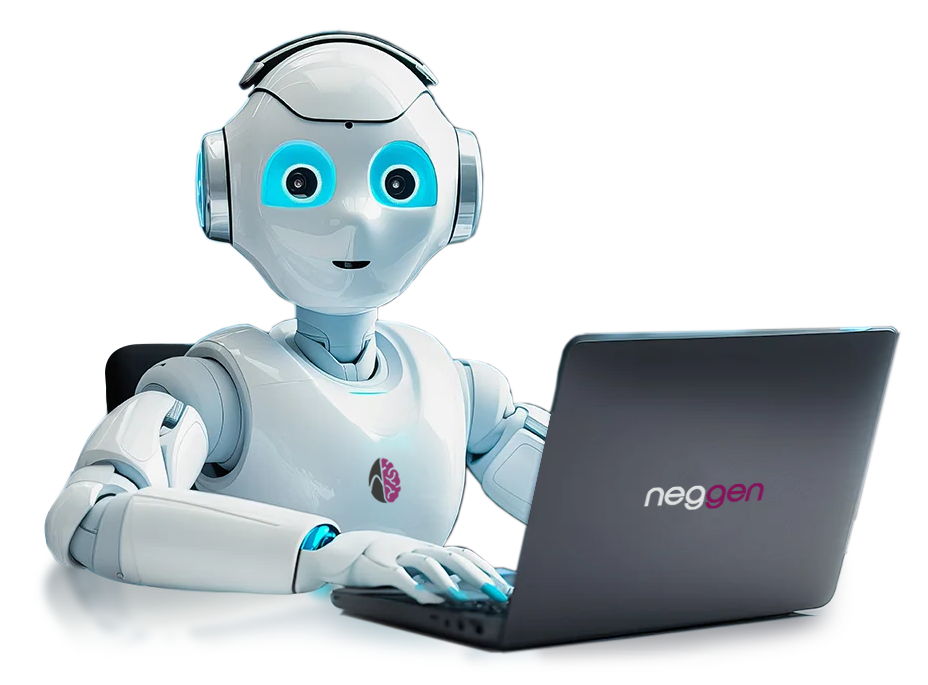Table of contents
- Fair use and copyright
- Copyright law in Italy: rules and exceptions
- Fair use meaning in U.S. copyright law
- The Google vs Oracle case: copyright infringement allegations
- The U.S. supreme court decision (2021)
Fair use and copyright
In the world of software and digital content, the line between legal use and copyright infringement is often thin and controversial. In particular, developers and companies operating globally must navigate vastly different legal systems.
On one side, continental law systems like the Italian one offer a fixed list of copyright exceptions, while common law systems rely on the more flexible concept of fair use, or “equitable use.”
A landmark case that shook the entire tech industry was the dispute between Google and Oracle, which began in 2010 and concluded in 2021 with a ruling by the United States Supreme Court.
The lawsuit, centered around the use of copyrighted APIs, has become a global reference point for understanding how different legal systems handle the use of copyright-protected works, especially in software.
Copyright law in Italy: rules and exceptions
In Italy, the protection of copyrighted works is governed by Law No. 633 of April 22, 1941, which establishes a rigid set of rules and exceptions to copyright.
Anyone who creates a work whether a text, melody, software program, or film obtains exclusive moral and economic rights. This means they can decide how, where, and by whom the work is used, and receive compensation whenever it generates value.
However, the law also provides for specific situations in which someone may use another person’s work without the author’s consent.
Example
These exceptions are found in Articles 65–71 decies of the law and apply to uses such as criticism, parody, teaching, news reporting, or scientific research. Nevertheless, it is a closed list that cannot be expanded by analogy, making it difficult to handle new cases that do not fall clearly within the listed exceptions.
Fair use meaning in U.S. copyright law
In the United States, copyright law takes a very different approach, codified in Section 107 of the Copyright Act. Here, the use of a copyrighted work can be considered legal even without the author’s permission, as long as it falls within the framework of what is called fair use.
This is not a closed list of exceptions, but rather a case-by-case analysis, based on four key factors:
Purpose and character of the use
- If the use is non-commercial, educational, or transformative, it is more likely to qualify as fair use.
- A commercial purpose may weigh against fair use, unless the work has been substantially modified or reinterpreted.
Nature of the copyrighted work
- Informational works (manuals, academic articles) are less protected than highly creative works (novels, music), as the former are deemed to circulate more freely.
Amount and substantiality of the portion used
- The analysis focuses on the substantiality of a case-by-case basis, meaning both the quantity and the qualitative importance of the part copied are evaluated.
Effect on the potential market of the original work
- If the use competes with the economic exploitation of the work, it is unlikely to be considered fair use.
The Google vs Oracle case: copyright infringement allegations
The Google vs Oracle case began with Oracle suing Google for copyright infringement, claiming the latter had used approximately 11,500 lines of Java code without authorization in the development of the Android operating system.
Oracle argued that Java APIs were copyright-protected works, while Google defended its actions by invoking the fair use doctrine.
The central question was whether the use of protected works, specifically APIs, was lawful as it was necessary to ensure interoperability between systems, or whether it was an unlawful act aimed at unfairly exploiting someone else’s creative effort.
The legal battle lasted over a decade and sparked strong reactions across the tech and legal communities.
The U.S. supreme court decision (2021)
In 2021, the United States Supreme Court ruled that Google’s use of the APIs qualified as fair use. Analyzing the four factors provided by copyright law, the Court found that:
- The third-party work had been used with a transformative purpose
Google had not merely copied it but had adapted the code for a new environment, creating a platform that enabled third-party app development. - The nature of the protected work was functional rather than creative
APIs are meant to ensure interoperability and do not, in themselves, represent artistic expression. - The amount and significance of the code used (0.4%) was minimal, and only the necessary parts were copied to ensure compatibility, without affecting the core creative substance of the original work.
- The effect on the potential market for Oracle’s work was not harmful. On the contrary, Android had generated an entirely new ecosystem rather than replacing Oracle’s commercial offerings.
The Court also noted that while the use had a commercial purpose, this did not automatically invalidate its legitimacy especially in light of an economic utilization of the work that promoted innovation, transformation, and the development of new market opportunities.
Justice Clarence Thomas’s dissent
Not all justices agreed. Justice Clarence Thomas, joined by Justice Alito, issued a strong dissenting opinion. Thomas argued that the Court should have first determined whether APIs were protected by copyright under the Copyright Act.
In his view, APIs, though functional, involve creative choices, and should therefore be considered fully protectable. He also rejected the idea that Google acted with a transformative purpose. Instead, he viewed Android as a direct competitor, created with the intent of dominating the mobile market, thereby seriously damaging Oracle’s opportunities for economic exploitation.
According to Thomas, Google’s use negatively impacted the market value of the protected work, causing Oracle to lose billions in licensing opportunities. The market effect was thus substantial and weighed against a fair use finding.
Conclusion
The Google vs Oracle case is a key example of how different legal systems deal with software copyright. Italy adopts a strict model based on a closed list of exceptions, while the U.S. system prefers a more flexible, case-by-caseapproach offering greater adaptability but also legal uncertainty.
Understanding these models is essential for anyone working in a global environment. If interpreted properly, fair usecan support innovation, knowledge sharing, and creative freedom, without undermining the author’s right to fair compensation.
However, as the split ruling shows, it remains crucial to carefully assess each factor to avoid turning fair use into a pretext for abuse or unfair competition against the original work’s economic value.
Sources
- Italian Copyright Law: Law No. 633 of April 22, 1941
- U.S. Copyright Act – Section 107: www.copyright.gov
- U.S. Supreme Court decision: Google LLC v. Oracle America, Inc., 593 U.S. ___ (2021), available at supremecourt.gov
- Harvard Law Review: Commentary on the decision at https://harvardlawreview.org
Questions and answers
- What is fair use in U.S. law?
It’s a doctrine that allows the use of copyrighted works without permission, provided the use is fair under four legal criteria. - Can APIs be copyrighted?
According to some interpretations, yes but the issue remains controversial, as shown in the Google vs Oracle case. - What does transformative use mean?
It refers to a use that gives the work a new expression, meaning, or message, different from the original. - Does fair use apply in Italy?
No. Italy only recognizes specific, codified exceptions to copyright, listed by law. - What happens if a work is used for commercial purposes?
A commercial purpose doesn’t automatically disqualify fair use, but it does make the analysis stricter. - What is the impact of use on the original work’s market?
If the use harms the commercial value of the original work, it is unlikely to be considered fair use. - Is software always protected by copyright?
Yes, but the level of protection varies depending on the type of code and the creativity of the work. - What does “case by case basis” mean?
It means each case is judged individually, based on specific contextual factors, not predetermined rules. - Is it legal to use other people’s work for criticism?
Yes, as long as it falls under the exceptions in Italian law or the fair use doctrine in U.S. law. - What’s the difference between copyright and diritto d’autore?
They’re similar concepts: “copyright” is used in common law countries, while “diritto d’autore” applies in civil law systems.


